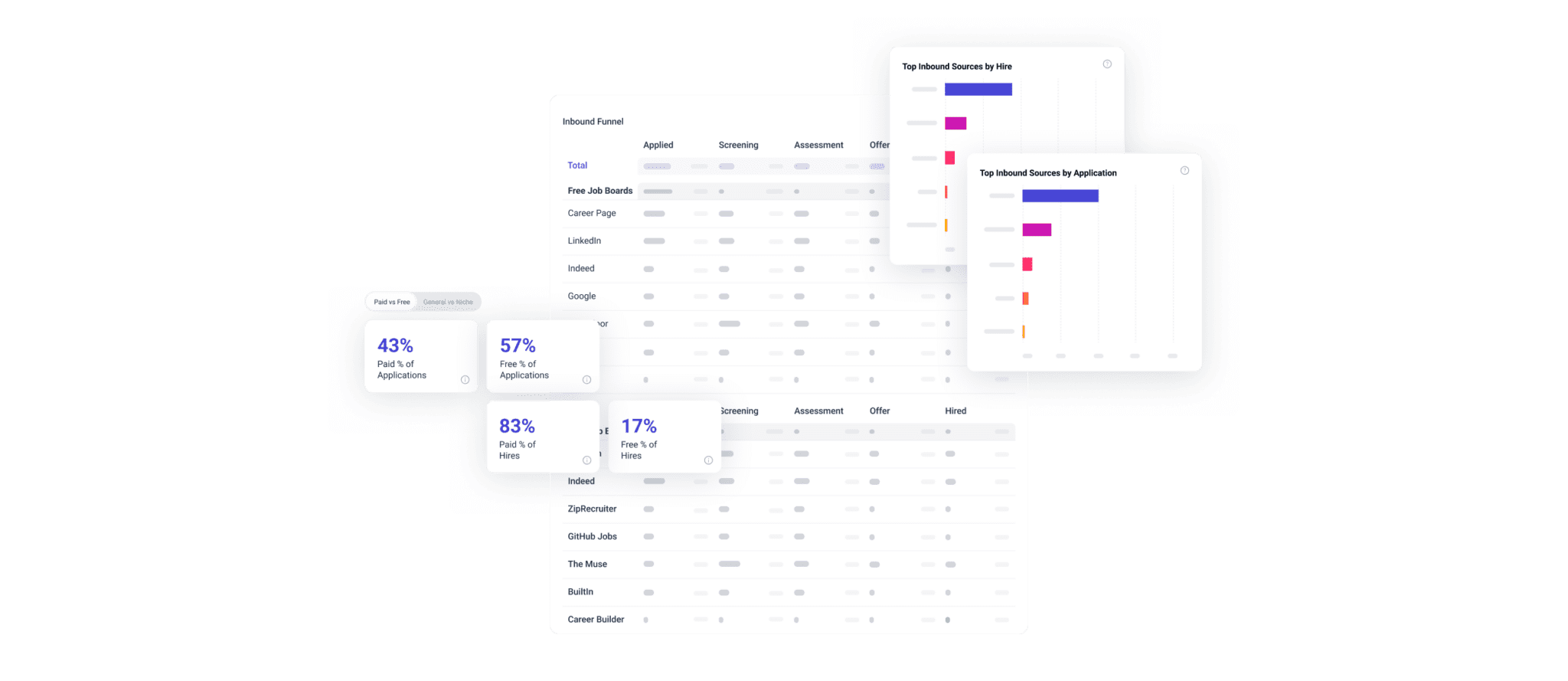There’s a bright light shining on inclusion these days. Companies everywhere are looking for ways to improve diversity, equity, inclusion, and belonging (DEIB). But what exactly do these concepts mean?
Although they’re related and the differences between them are subtle, the differences are there. And while you mostly see diversity, equity, and inclusion (DEI) grouped together these days, that may change. It wasn’t long ago when it was just diversity and inclusion as a pair.
Our understanding of systemic inequality and its impact on employment continues to evolve. As it does, concepts and the words we use to describe them will also evolve (as will our diversity, equity, and inclusion tactics). DEI is the prevalent term at the moment, but belonging is becoming more prominent by the day. DEI may soon become DEIB.
“Diversity is being invited to the party. Inclusion is being asked to dance.”
– Vernā Myers
More people care about DEIB today
It’s hard to overstate the importance of DEIB or how the concepts behind it have impacted conversations around hiring. Not long ago, job seekers didn’t really talk about corporate moral codes. It’s different now.
Today’s job seekers expect at least some social consciousness from their employers. And they’re not the only ones. Socially conscious investors are making investing decisions based on corporate behavior. They use a set of criteria for judging that behavior – environmental, social, and governance (ESG) standards.
ESG standards address how companies do things like protect the environment and take care of their employees. Also how company leadership operates, including how much executives receive in pay. But these aren’t just social consciousness concerns.
Unethical behavior in any one of these areas can sink a business (think oil spill, pay discrimination suit, or huge executive pay gap). And research shows that companies with diverse workforces tend to do better than those without.
To be clear, attitudes are changing. People are rethinking the relationship between employers and employees (and job seekers). So far, that relationship has operated with a different set of rules. Employees generally didn’t hold employers to the same moral code as they did family and friends.
But they’re starting to now. People want their company to be a natural extension of themselves. They want to be proud of (or at least okay with) what the company does and how it behaves. And that only works if a company welcomes and represents all kinds of different people.
What is diversity?
Diversity is the demographic makeup of your workforce and the end goal of all DEIB efforts. But it’s not just gender. The unique aspects that make one person different from another are wide-ranging. They include gender, ethnicity, physical ability, age, national origin, socioeconomic background, and religion, to name a few. Plus any possible combination of those aspects (known as intersectionality).
On the one hand, diversity is more of a byproduct of DEIB efforts than a driver of change. A work environment and hiring process that is welcoming to everyone will naturally attract more diverse candidate pools.
On the other hand, a diverse workforce can also be a driver of change. A diverse workforce may be more welcoming to job seekers from historically underrepresented groups and make them more comfortable applying. The candidate knows they won’t be the first unique person through the door or possibly even the first person like them.
In a study, the Datapeople R&D team found that DEI statements on job postings (i.e., equal opportunity employer statements) impact the perceived inclusiveness of employers. Including a company diversity statement on your job posts makes your company appear more inclusive to job seekers. It’s a pledge to DEIB and a signal to job seekers that they’ll be comfortable at your company. (We love our customer Deliveroo’s diversity statement, which we dissected here.)
What is equity?
Equity is the leveling of an uneven playing field. It means providing everyone with equal access to opportunity, although it doesn’t mean giving everyone the same level of help. Why? Because not all employees (or job seekers) are coming from the same level of access in the first place. If everyone was playing on an equal field, there would be no reason to adjust for inequity in the first place.
Is an in-person interview fair for someone with a physical disability that makes it hard for them to get around? No. Is an Ivy League degree requirement fair for someone who can’t afford to pay Ivy League tuition rates? No. (By the way, companies are starting to rethink degree requirements altogether, especially for junior roles). The list goes on.
Giving equal help to everyone just perpetuates an unequal dynamic. But giving a little more help to candidates or employees from underrepresented groups can level the playing field.
– Cynthia Silva Parker
What is inclusion?
Inclusion is the environment you foster for candidates and employees. An inclusive workplace is one where all candidates and employees feel welcome. It provides candidates with equal opportunities for employment, success in the job, and advancement within the organization.
Although it comes third in the acronym, inclusion may be the most important factor in DEIB efforts. Inclusive hiring processes will naturally yield more diverse workforces. Inclusive employment policies will naturally yield happier, more successful employees of all demographics. Inclusion is the foundation upon which you build all diversity efforts.
An inclusive workplace is one free from bias of any kind. And there are many forms. Some are negative (and insidious), including racism, sexism, tokenism, ageism, ableism, nationalism, religious bias, and elitism.
But some are positive, including affinity and similarity attraction (liking someone similar to you), and the halo effect (attributing positive traits that someone may not have). These can lead to a recruiter unconsciously favoring a candidate similar to them or deciding on a candidate too early, kiboshing inclusive hiring.
What is belonging?
Belonging is the emotional state that is the goal of DEIB efforts. Your organization’s inclusive processes are there to make everyone feel welcome. But for someone to feel truly welcome, they need to feel welcome exactly as they are.
Candidates and employees shouldn’t have to consciously (or unconsciously, for that matter) check a part of themselves at the door. They should be comfortable as themselves and feel like their coworkers are happy to have them there, just as they are.
If diversity is getting an invite to the party and inclusion is being asked to dance, maybe belonging is feeling comfortable enough to ask someone else to dance.
Diversity is the demographic makeup of your company and the end goal of all DEI efforts. Equity is the leveling of an uneven playing field. Inclusion is a welcoming environment for candidates and employees of all stripes. And belonging is a feeling of comfort at an inclusive workplace.
The next chapter of DEIB
We very well may land on DEIB as the acronym for the concepts we now mostly call DEI. And that would make sense. First it was diversity, then it was diversity and inclusion, then it was DEI. It seems fitting that DEIB comes next.
But we can’t be sure. According to Axios, “DEI branding is now being replaced with terms like ‘well-being’ and ’employee experience'” as the term DEI faces backlash and is (wrongly) conflated with ‘affirmative action.’ Regardless of what we call the collective concepts of diversity, equity, inclusion, and belonging, what matters is that we keep progressing on them. Because they’re important – to job seekers, employers, recruiting professionals, and hiring teams.
A fair, inclusive hiring process is efficient, effective, and a powerful driver of an organically diverse workforce in any sociopolitical climate. That’s why hiring equity should be your North Star in 2024 – and it’s possible to achieve, no matter how limited your resources. We’ve packed all our best tips into The Talent Acquisition Mega Guide to Equitable Hiring in 2024. Download it now to learn how you can systematically bake DEIB into every step of your hiring process.







